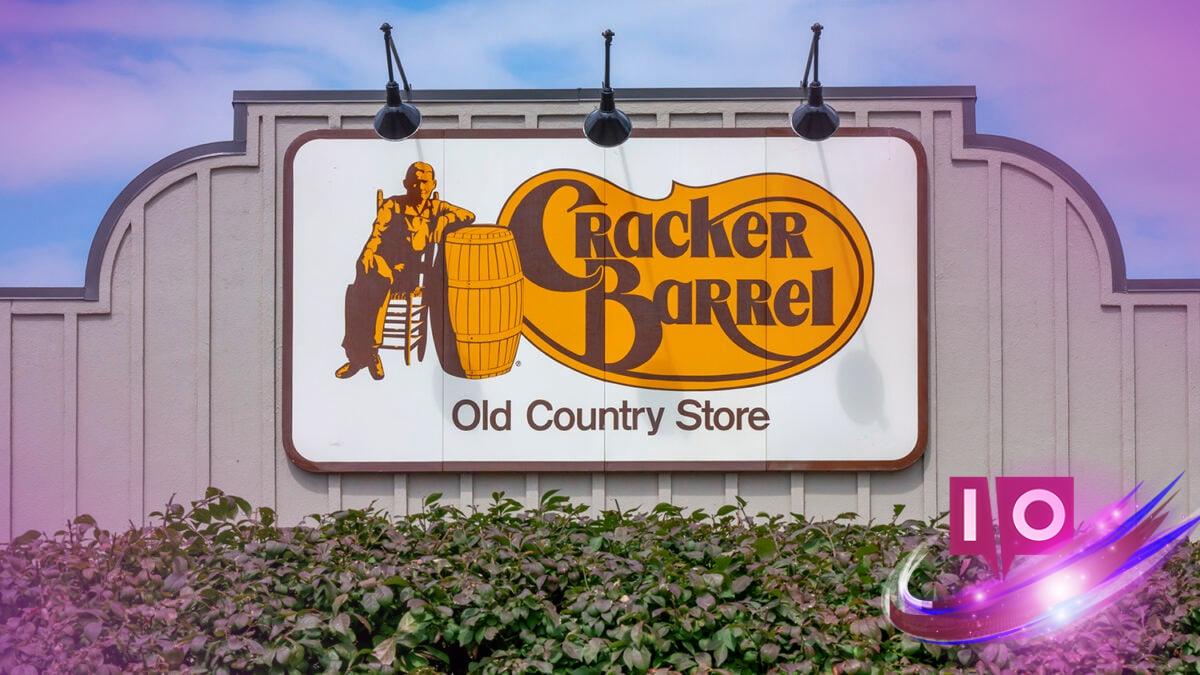Have you ever questioned the uproar surrounding Cracker Barrel’s logo change? Amidst the vast reactions, you might have wondered if anyone genuinely cared about such a shift. Well, you weren’t alone in your skepticism. A recent analysis by PeakMetrics revealed that nearly 50% of the early posts regarding Cracker Barrel’s logo update appeared to be generated by bots.
In a comprehensive review of 52,000 posts on X within 24 hours of the announcement of the new, minimalist logo, PeakMetrics found that 44.5% of mentions were flagged for likely bot activity. When it came to calls for a boycott, nearly half of those posts—approximately 49%—were also linked to bots. PeakMetrics suggested this response was more a result of “bot-assisted amplification” rather than genuine grassroots outrage.
What Other Platforms Joined the Conversation?
The conversation was not confined to X alone. According to data from Open Measures, similar discussions erupted across alt-tech platforms like Truth Social, Gettr, Gab, 4chan, and Rumble. Users consistently associated the logo change with terms such as “woke” and “DEI,” indicating a broader cultural discourse.
How Did the Timeline Unfold?
From the announcement on August 19 to the logo retraction by September 5, over 2 million posts discussed the incident on X. Astonishingly, around 24% of these were estimated to be bot-generated. This contradiction is notable, considering those expressing discontent often label differing views as being from “NPCs.”
Who Started the Bot Surge?
PeakMetrics did not pinpoint a specific organization as the catalyst for these bot activities. Instead, findings indicated that ideological activist accounts with a history in culture wars had initiated this surge, bolstered by bot networks. This suggests a curated form of outrage designed to amplify perceptions of influence.
Should Businesses Worry About Bot Activities?
Understanding the nature of these outrage cycles can empower companies like Cracker Barrel to navigate them more effectively. Many of these bots likely do not contribute to foot traffic or dish orders—after all, bots don’t enjoy country-fried steak and biscuits.
What factors should businesses consider when facing substantial social media outrage? First, distinguishing between real customer feedback and bot-generated discontent is essential. Companies should focus on constructive conversations with authentic customers, ensuring they are grounded in genuine engagement rather than superficial headlines.
Can bot activity impact a company’s reputation and decisions? Absolutely. When bots amplify outrage, they can skew perceptions and lead to decisions driven by fear rather than actual consumer sentiment. Brands must remain aware of this dynamic and aim to engage with their customer base meaningfully.
What is the best course of action for brands in such scenarios? Monitoring social media sentiment and validating concerns through real customer interactions is crucial. By embracing transparency and authenticity, businesses can better cultivate trust and loyalty among their clientele.
So, while the Cracker Barrel logo saga seemed explosive, it highlighted the powerful influence of digital bots in modern discourse. As consumers or stakeholders, knowing this can change the way we interpret online outrage. Let’s continue exploring how such dynamics affect business and culture today. For more insights and updates, visit Moyens I/O.
